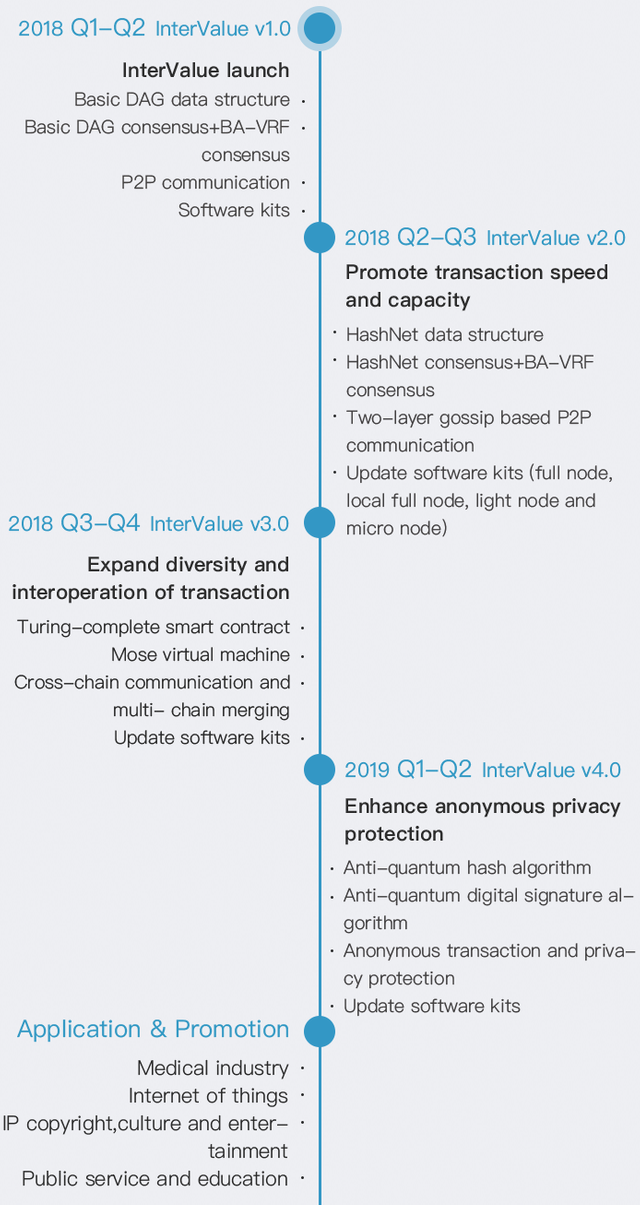
INTRODUCTION
The cryptocurrency ecosystem has grown significantly and severely exceeded the expectancy of the original innovators of the blockchain technology. Cryptocurrency suddenly bloomed and became popular with the success of the Bitcoin blockchain which was started in the year 2009 by Satoshi Nakamoto.
Blockchain 1.0 And Limitations
The Bitcoin blockchain initiated blockchain 1.0 and rolled in a whole range of features of operation. It made use of a Proof of Work(POW) consensus mechanism. Cryptocurrency was not expected to be rolled out for huge financial operations when Bitcoin was introduced. It proved that by its low transaction verification of 7 per second which was really mediocre at least. But as more individuals started buying into digitalization and its fluid operations, cryptocurrency was seen as the next big thing to cement this new and upcoming digitalized economy. As of 2017, billions in USD has already been invested into cryptocurrency as a whole clearly exceeding the planned outcome. Hence, with lots of transactions being done on the blockchain, the proof of work concensus mechanism became more complex with more nodes. What happened was that miners started having a hard time inserting transactions into the blocks. This made mining newer blocks a priority to contain the looming number of unverified transactions. This greatly affected the performance of the blockchain's fluidity and prevents transctions from happening in real time. The security protocol of blockchain 1.0 was developed to be attack proof due to its decentralized nature. It made it impossible for an individual hacker to attack it without having 51% hashing power. But unfortunately with the recent Sybil attacks, hackers can create multiple nodes to bypass that and this proves that while the security is efficient, it is not the best.
Blockchain 2.0 and it's Limitations
Ethereum network introduced blockchain 2.0 with its sleek Smart Contracts, which is a self executing that binds buyer and seller agreements written in lines of code in a decentralized blockchain. Lots of individuals bought in to the Ethereum networks because of its smart contract and how it makes certain operations easy. As of the year 2018, much more users subscribe to the Ethereum blockchain than the Bitcoin blockchain network.
The Ethereum blockchain was initially designed to handle at least 2000 transaction verifications per second but that figure was not even remotely achieved. The scalability of the Bitcoin blockchain was severely affected by the gas limits of its blocks. What it implies that larger transctions will have to take a lot of time to verify since they are above the gas limit a particular block can take. Currently, the blockchain network handles a meager 13 transctions per second. This was well below expectations and did the latency of the blockchain no favour. The Proof of Work mechanism featured less for a more viable Proof of Stake in order to improve scalability and frequency of transction verifications. Scalability improved but was not great as it should be.
The security of the blockchain 2.0 powered by the Ethereum network was equally secure via its decentralized nature but suffered from code errors which led to losses in billions of digital assets on the platform. This necessitated the birth of the Ethereum classic.
Blockchain 3.0
In order to take care of the limitation of the blockchains 1.0 and 2.0 the blockchain 3.0 was developed with new versions of consensus mechanisms. The Proof of Work and Proof of Stake mechanism was featured less and new solutions such as increasing of the node blocks and Directed Acrylic Graph DAG, was introduced to create a better scalable, interoperable, efficient and fast flowing blockchain with a better user friendly experience. These mechanisms were used for the development of the IOTA and Byteball blockchains and encountered huge successes in their operations.
But there was still need to improve the blockchain interaction with underlying technology and increase scalability with a better transction throughput. This is what drove the InterValue project for the development and adoption of Blockchain 4.0
InterValue and Blockchain 4.0
.jpg)
The InterValue platform is a decentralized platform that aims to map the real world digital experience to a virtual one. It is aimed at the promotion of the Internet of Values through value mapping.
InterValue is driving towards the development of blockchain 4.0 infrastructure to develop a more efficient, fast and scalable network through enhanced DAG with high frequency and easy to use functions from their ecosystem.
The InterValue Network Features
Underlying P2P Network
InterValue combines the resources of 2 great technologies in Tor anonymity and blockchain VPN to create an underlying anonymous network that enhances basic anonymity being craved by blockchain users.
Data Structure
This new data structure is based on Hashnet which was developed from DAG mechanism towards reduction of storage space, required by individual nodes on the blockchain.
Consensus
This is based on the design of an efficient and durable double layered consensus mechanism which encompasses Hashnet algorithm with BA-VRF(Byzantine Agreement based on verification Random Function). This supports faster verification of transctions to make the InterValue Network fluid and efficient.
Anti Quantum Attacks
The SHA series algorithm are properly replaced with Keckack - 512 hash algorithm. This litigated the threats coming from Quantum computing and illegal cloning of node networks that has plagued contemporary blockchain networks through Sybil attacks.
Smart Contracts
The smart contract of InterValue is designed to Moses Virtual Machines which established access to offline blockchain data in a convenient and secure way and applies third party agreements to enhance the blockchain operations.
Cross Chain Merging
In order to enhance interoperability and relationship with underlying blockchains, InterValue adopts chain relying technologies to enhance the transparency between multiple blockchains that mirrors all their individual transctions on a plain ground for understanding.
TEAM

ROADMAP

CONCLUSION
With the development of more and more blockchain daily, InterValue seems to be the bridge between cryptocurrency and commercialization on a global scale with its much better and efficient technology innovation for a better Internet of Values.
For more information, please visit the following links:
Website: https://www.inve.one/
Whitepaper: https://www.inve.one/InterValue_whitepaper_en.pdf
Medium: https://medium.com/@intervalueproject
Twitter: https://twitter.com/intervaluepro
Youtube: https://www.youtube.com/channel/UC4b2wn5JPT7nKuZvQRjW1gw
Facebook: https://www.facebook.com/InterValueofficial/
Wechat ID: IMINVE
Reddit: https://www.reddit.com/user/intervalue
Also check out the various telegram groups;
English - https://t.me/InterValueProject
Chinese - https://t.me/intervalue
Vietnamese - https://t.me/InterValueVietnam
Announcement channel; https://t.me/intervalueofficial
About Author
Author: Yaksonfella
Bitcointalk profile link:https://bitcointalk.org/index.php?action=profile;u=2322601
Coins mentioned in post:
Downvoting a post can decrease pending rewards and make it less visible. Common reasons:
Submit
Nice ico, man. Certainly follow you.
I try to post useful content too, will be glad to see you among my followers.
Downvoting a post can decrease pending rewards and make it less visible. Common reasons:
Submit
Thank you..
Following you asap
Downvoting a post can decrease pending rewards and make it less visible. Common reasons:
Submit
Congratulations @bobbyjay! You have completed the following achievement on Steemit and have been rewarded with new badge(s) :
Click on the badge to view your Board of Honor.
If you no longer want to receive notifications, reply to this comment with the word
STOPDo not miss the last post from @steemitboard:
SteemitBoard and the Veterans on Steemit - The First Community Badge.
Downvoting a post can decrease pending rewards and make it less visible. Common reasons:
Submit